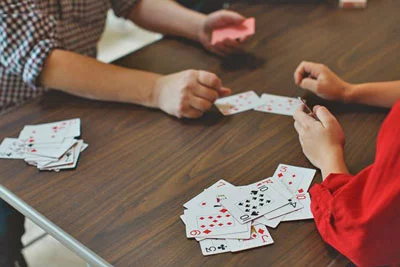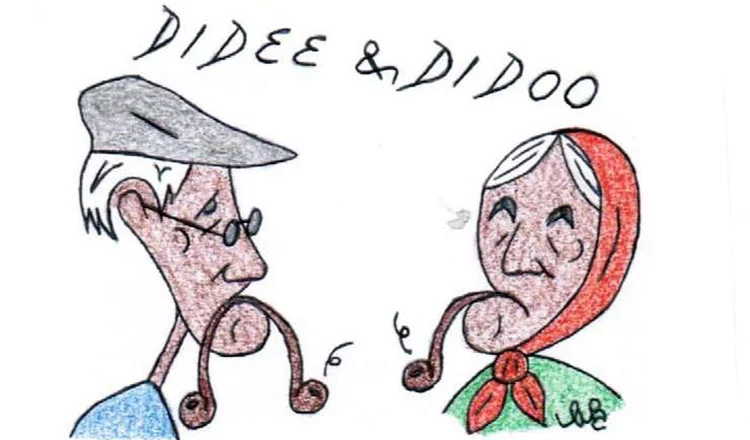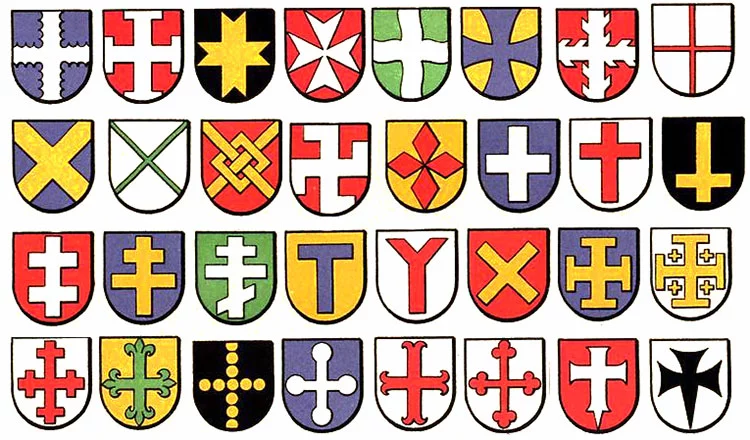How many does your child have?
[one_half]
Ever wonder why some young people grow up without difficulty while others struggle? Think back to your childhood and teen years and reflect on the structures, activities and relationships that contributed to who you are today. Were there key people or experiences that were in your life at just the right time to help you find a positive path forward? Does your child have several caring adults around them who can help build those similar experiences today?
Based on research by The Search Institute of Minnesota, there are 40 factors that are essential to young people’s success. These 40 developmental assets include traits, values and experiences that all young people need to be healthy and successful, and to reach their full potential. Many youth-centred programs throughout the Yukon are currently using these assets to build programs for young people, but we also have a responsibility as individuals to build good things for young people so they are on a good path. They say it takes a village to raise a child. We need to ask ourselves, what are each of us doing as villagers?
The 40 developmental assets are common sense things that all young people need. They are grounded in more than 25 years of research on child and adolescent development, risk prevention and resilience. Regardless of gender, ethnic heritage, economic situation, or geographic location, the more of these assets young people have, the more likely they are to thrive, make healthy choices and avoid harmful behaviors. The beauty of the assets is that anyone can build them for young people. Building assets is as easy as calling a youth by their name when they are serving us at the grocery store. Imagine how the young person would feel if every person who went through their checkout during their shift interacted with them in this positive way?
The assets are broken down into two categories, including external assets and internal assets.
External assets are the supports, opportunities and relationships young people need across all aspects of their lives. When a young person feels supported, has clear rules, boundaries and expectations at home and at school, and is encouraged to use their time constructively, research shows they are more likely to be successful in school, maintain good health and resist dangerous situations.
Internal assets are the personal skills, commitments and values young people need to make good choices, take responsibility for their own lives, and be independent and fulfilled. Adults can help build these internal assets through the positive relationships they create with children and youth. Every interaction we have with young people has the potential to change how they see themselves and their future.
[/one_half]
[one_half_last]
The Yukon’s 40 developmental asset model is not a program, but a mindset. Increasing assets will improve the lives of Yukon’s young people by enhancing their health, education, and physical and mental well-being. We can all build assets for young people by simply having a positive relationship with them.
To download a copy of the “Yukonized” asset list, visit Yukon.ca/40-assets.
Yukon’s 40 developmental asset model is grouped into these eight categories:
External
- Support
- Empowerment
- Boundaries and expectations
- Constructive use of time
Internal
- Commitment to learning
- Positive values
- Social competencies
- Positive identity
All are welcome to learn about the 40 developmental assets on Monday, March 9 from 7:30 p.m. to 9:30 p.m. in the community room at the Whitehorse Public Library.
[/one_half_last]





